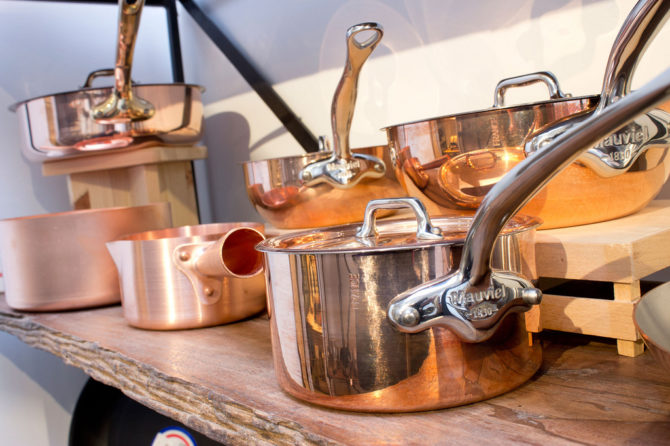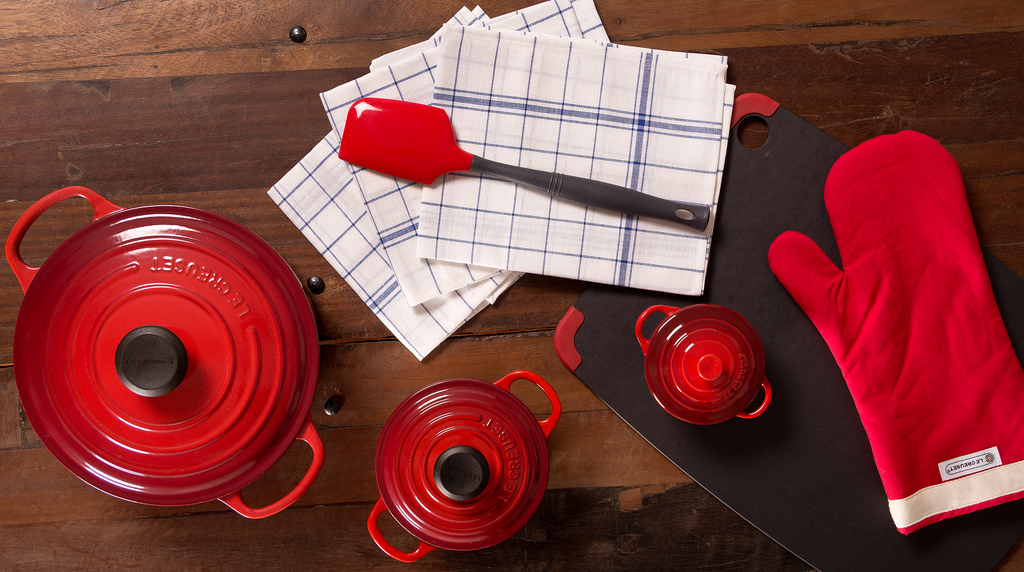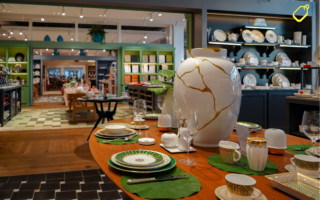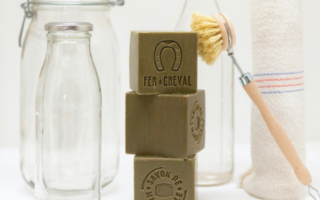French Cookware Explained

France is renowned for its cuisine, and French chefs have traditionally set the standard for culinary excellence across the world. We can safely say, therefore, that the French know how to make, select, and perfect high-quality cookware.
Whether you’re a Francophile or just want to cook like the world’s best chefs, traditional French cookware is a great place to start. Here are some ideas to inform your choices.
Copper Cookware
More copper cookware is sold in France than anywhere else in the world. Why? Because copper cookware warms quickly and cools down fast, giving you unparalleled control over your food’s temperature as you cook. This means that you can quickly stop a sauce from scorching or reach that exact consistency that you need.
Of course, it wouldn’t be truly French if it didn’t have style as well as substance. Copper pans are beloved for their beautiful, shining finish. But like many things French, they are also high maintenance. If you want to keep up that shine you’ll have to wash them carefully and polish them often. Of course, many believe that a duller finish on a copper pan is the sign of a true cook since it means that the pan has seen a lot of use.
The final thing that makes copper cookware so very French is its long history. Much of the highest quality copper cookware available is made in France, some of it even forged and dipped in the traditional way – by hand.

Le Creuset Cookware
Another famous type of cookware from France is cast iron, specifically the Le Creuset make. Le Creuset cookware boasts a hefty price tag, but it offers the typical French style and flair as well as very high quality and greater ease of cooking.
Le Creuset puts the strengths of cast iron cookware to good use, for instance, in the ultra-slow-cooked French stews. Its heavy construction means that you get even and smooth heating without hot or cold spots that can ruin a meal. It also retains heat well and browns foods better than just about any other cookware.
Bare cast iron can also has some major disadvantages. It must be seasoned before you can use it, food can easily stick to its surface, and it can react with acidic foods. Furthermore, cleaning can be difficult because you can’t use soap or hard scrubbers without damaging the seasoning.
[mrb]
However, Le Creuset cookware avoids these drawbacks by surrounding the cast iron with a thick enamel finish. The enamel prevents rusting and sticking, and makes for absolutely easy cleanup of even the worst messes. You can even throw your Le Creuset pots and pans in the dishwasher – something that would damage regular cast iron heavily.
Furthermore, the enamel coating can be treated to result in a number of bright, cheerful colours. Typical Le Creuset cookware comes in varieties like fiery orange, rich blue, apple green, and sunny yellow coatings which are sure to brighten your kitchen.
If you really want to cook like the French, you need to start with collecting French cookware!
•With thanks to Benni Jenyfari
Photo by Didriks via Flickr
Cookware expert Benni Jenyfari has written for Only-Cookware.com and other online consumer guides and informational websites.
Share to: Facebook Twitter LinkedIn Email
More in cooking, courses, food, guides, heating, history, travel
Leave a reply
Your email address will not be published. Required fields are marked *




REPLY